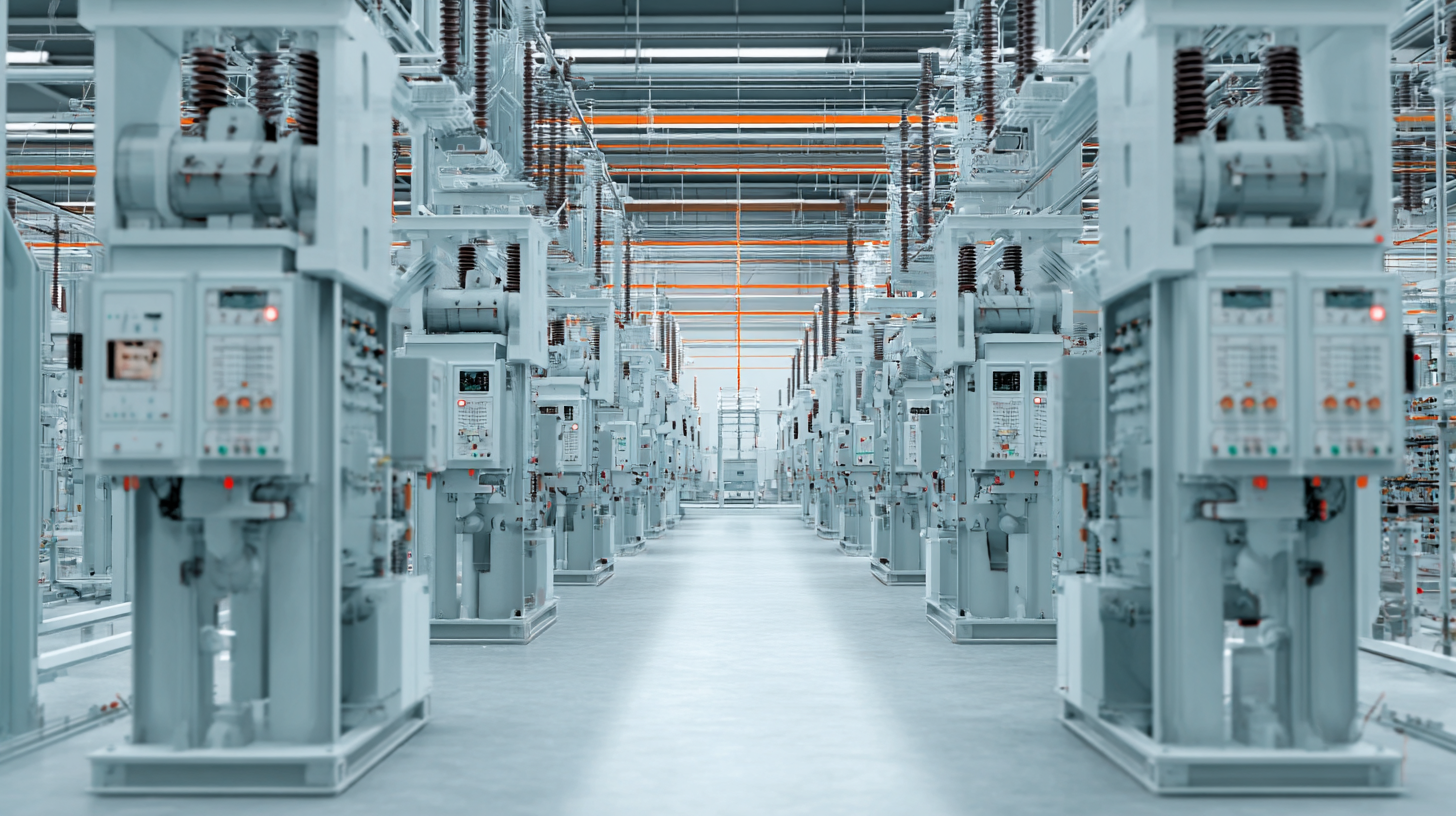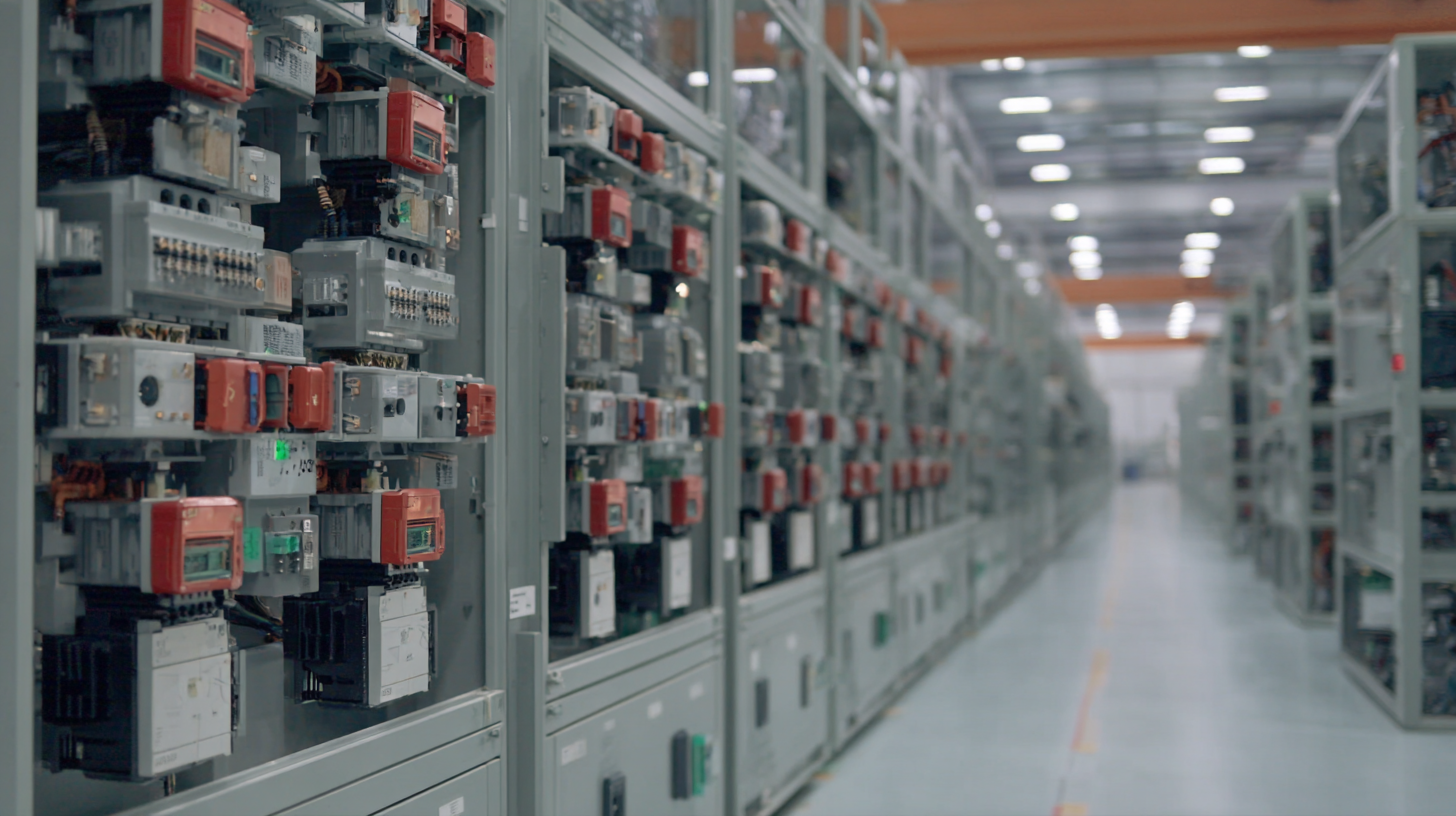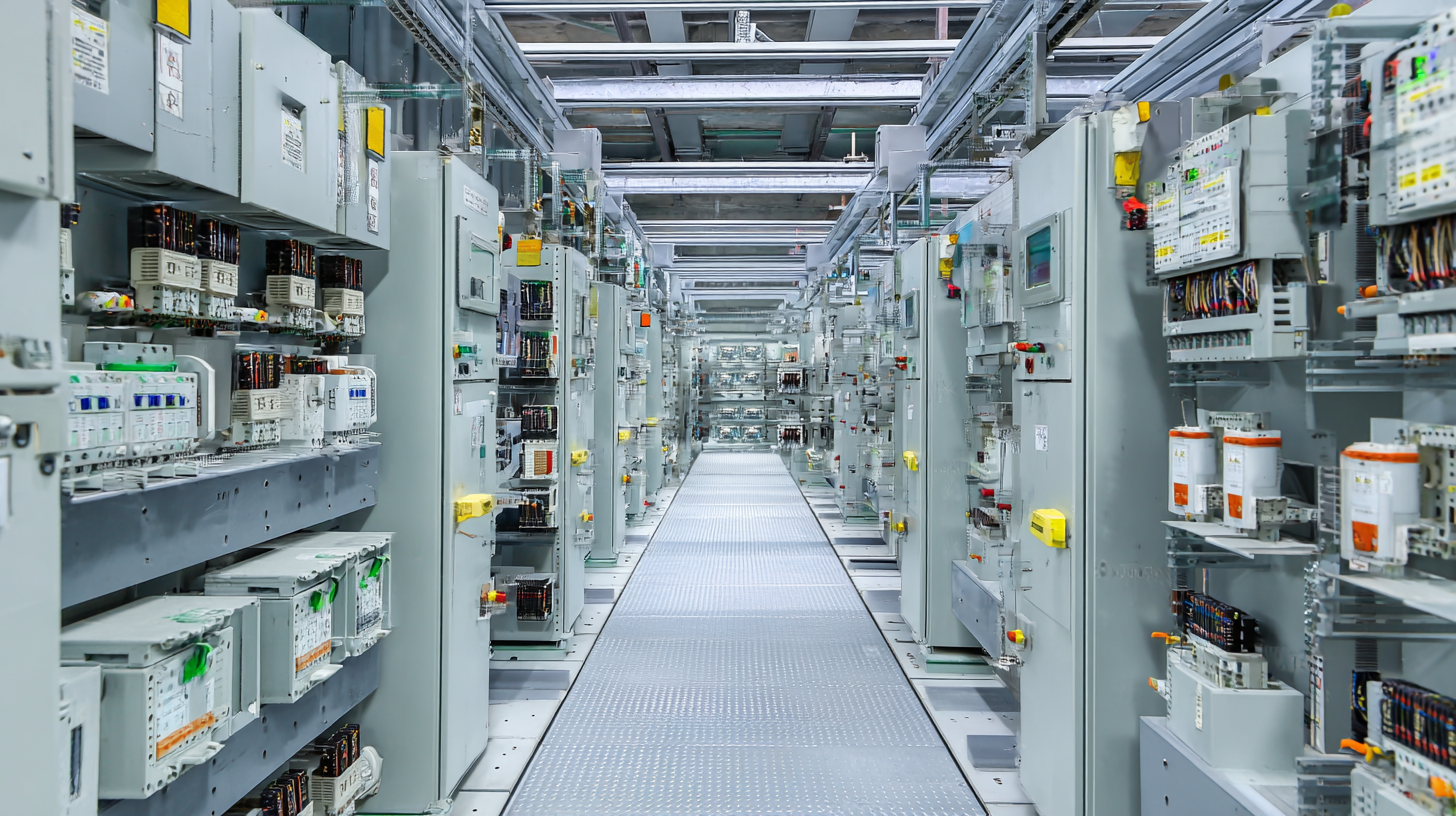Leave Your Message
-
Phone
-
E-mail
-
Whatsapp
-
Whatsapp


In the rapidly evolving landscape of electrical infrastructure, the importance of Power Distribution BusBar systems cannot be overstated. As industries worldwide strive for energy efficiency and reliability, the demand for high-quality busbar solutions continues to rise, with the global market projected to grow at a CAGR of over 7.5% from 2023 to 2030, according to recent market analyses. Understanding the production standards and the challenges faced in the manufacturing of these essential components is crucial for ensuring their operational effectiveness. Notably, China has emerged as a leading manufacturer in this sector, maintaining a reputation for consistency in quality, as evidenced by certification standards such as ISO 9001. This blog will delve into the intricacies of Power Distribution BusBar production, exploring the key industry standards and the critical issues that impact manufacturing practices today.

In the manufacturing of bus bars, adherence to industry production standards is paramount. These standards serve as a framework that ensures the quality, safety, and reliability of power distribution systems. By following established guidelines, manufacturers can guarantee that their products meet the necessary performance criteria, which is crucial in preventing failures that could lead to expensive downtimes or hazardous situations. Standardization also facilitates the interoperability of components, ensuring that various systems can work together seamlessly.

Moreover, the importance of industry production standards extends beyond mere compliance; they foster innovation and operational efficiency. When manufacturers align their processes with these standards, they can streamline their production methods, reduce waste, and improve overall productivity. This not only enhances the bottom line but also promotes sustainability within the industry. As the demand for reliable power distribution solutions continues to grow, so does the need for manufacturers to prioritize and uphold these production standards, setting a foundation for advancement and excellence in bus bar manufacturing.
The global busbar manufacturing industry faces several challenges that significantly affect production standards and efficiency. A report by MarketsandMarkets suggests that the busbar market is expected to reach USD 15.61 billion by 2026, highlighting the rapid growth yet emphasizing the need for enhanced production techniques to meet increasing demand. This growth is compounded by issues such as raw material cost fluctuations and stringent regulatory frameworks that manufacturers must navigate.
Moreover, many busbar manufacturers encounter difficulties in maintaining quality while scaling production. The International Electrotechnical Commission (IEC) standards demand that manufacturers adhere to specific safety and performance benchmarks, which can be particularly challenging as companies expand their operations. A survey conducted by Grand View Research found that compliance with these standards can lead to increased operational costs by as much as 18%. Consequently, manufacturers are compelled to invest in advanced technologies and training, which, although beneficial in the long term, poses short-term financial strains. This balance of cost, compliance, and quality remains a critical hurdle for busbar manufacturers globally.
| Dimension | Details |
|---|---|
| Material Used | Copper, Aluminum |
| Standard Compliance | ISO 9001, IEC 61439 |
| Common Issues | Corrosion, Thermal Expansion |
| Production Challenges | Supply Chain Disruptions, Quality Control |
| Market Trends | Shift to Sustainable Materials, Automation |
| Competitive Advantages | Innovative Designs, Efficient Production Processes |
| Future Outlook | Increased Demand for Smart Grid Solutions |
In recent years, the power distribution industry has witnessed significant innovations in BusBar design and production techniques. These advancements are driven by the need for more efficient energy management solutions, as data indicates that energy losses in electrical systems can account for up to 10% of total consumption. The implementation of advanced materials, such as aluminum and copper alloys, not only enhances conductivity but also reduces overall weight, leading to more compact and efficient designs.
Tips: When considering BusBar production, always ensure to evaluate the thermal and electrical conductivity of materials. This can drastically influence performance and longevity in high-load applications.
Another cutting-edge development is the introduction of modular BusBar systems, which allow for easier scalability and adaptability in diverse applications. This approach reduces installation time by up to 30%, according to a recent industry report, and minimizes the risk of errors in setup. Moreover, innovative manufacturing techniques such as 3D printing and computer numerical control (CNC) machining are streamlining the production process, ensuring higher precision and lower waste.
Tips: Embrace modular designs in your BusBar systems to improve flexibility and ease future expansions. Additionally, leveraging advanced manufacturing techniques can lead to significant cost savings and enhanced product reliability.
In the evolving landscape of power distribution, particularly in the manufacturing of busbars, quality control measures are crucial for ensuring optimal performance. Recent advancements, such as laser pulse shaping in welding, illustrate the innovative approaches being adopted to improve the strength and efficiency of busbar connections, especially in applications like prismatic lithium-ion batteries. According to industry reports, implementing precise laser pulse shaping can reduce heat input during the welding process, which not only enhances the structural integrity of busbars but also minimizes the risk of thermal damage—factors that are vital for the reliability of battery systems.
When considering quality control in busbar production, it is essential to incorporate comprehensive testing standards throughout the manufacturing process. One effective method is to regularly assess the mechanical properties of the busbars. Testing for parameters such as tensile strength and thermal conductivity can help pinpoint potential weaknesses early, ensuring high performance in critical applications.
Tip: Always document any quality control measures and results to establish a baseline for continuous improvement. This practice not only fosters transparency but also aids in training new staff members effectively.
Tip: Integrate advanced welding technologies and maintain a routine evaluation schedule to adapt and respond to any emerging industry standards or technological advancements, enhancing the longevity and performance of your busbars.
The global market for power distribution BusBars is undergoing significant transformations, driven by emerging technologies and shifts in energy demands. As industries advance towards cleaner energy solutions, the focus on efficient power distribution systems has intensified. This evolution necessitates a reevaluation of production standards for BusBars, ensuring they meet the growing needs for sustainability and performance. Manufacturers are increasingly incorporating innovative materials and designs to enhance the efficiency and longevity of BusBars, which is essential in addressing the challenges posed by modern energy grids.

Additionally, the rise of electric vehicles and renewable energy sources is reshaping the demand landscape for BusBars. As these sectors expand, the production standards must adapt to support higher electrical loads and improved heat dissipation capabilities. This influence of global market trends, including the transition to more decentralized power systems, emphasizes the need for BusBars that are not only cost-effective but also capable of enduring the rigorous demands of current and future energy networks. The ability to align production with these trends will be crucial for manufacturers aiming to remain competitive in an evolving industry.
